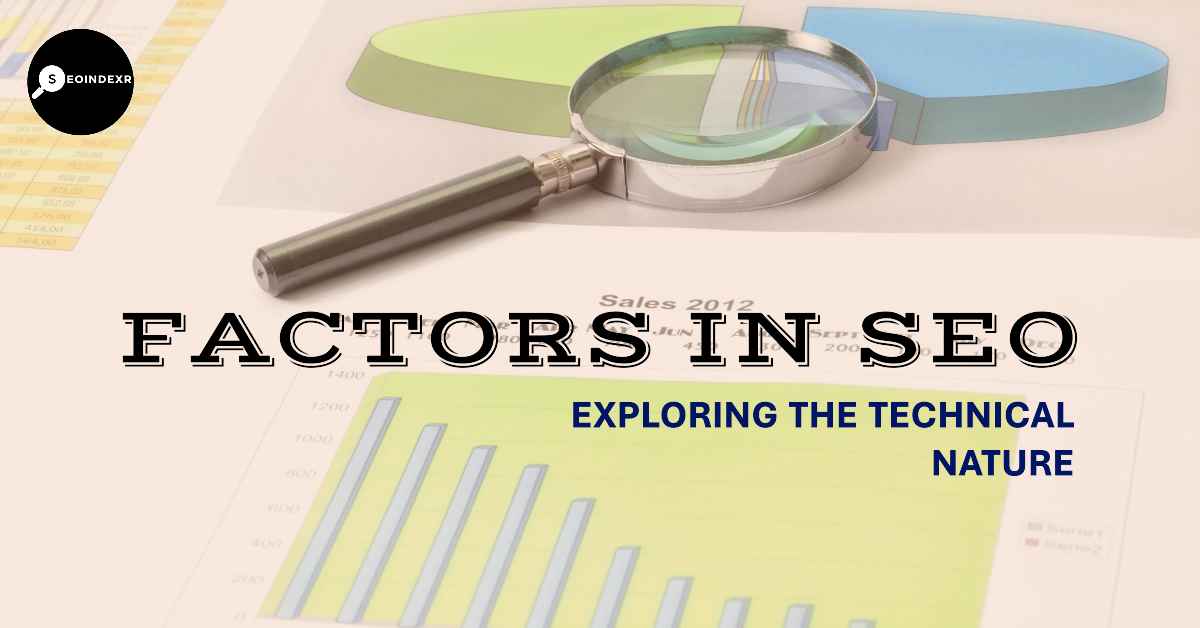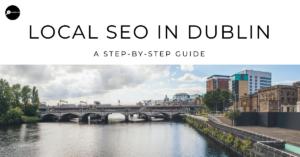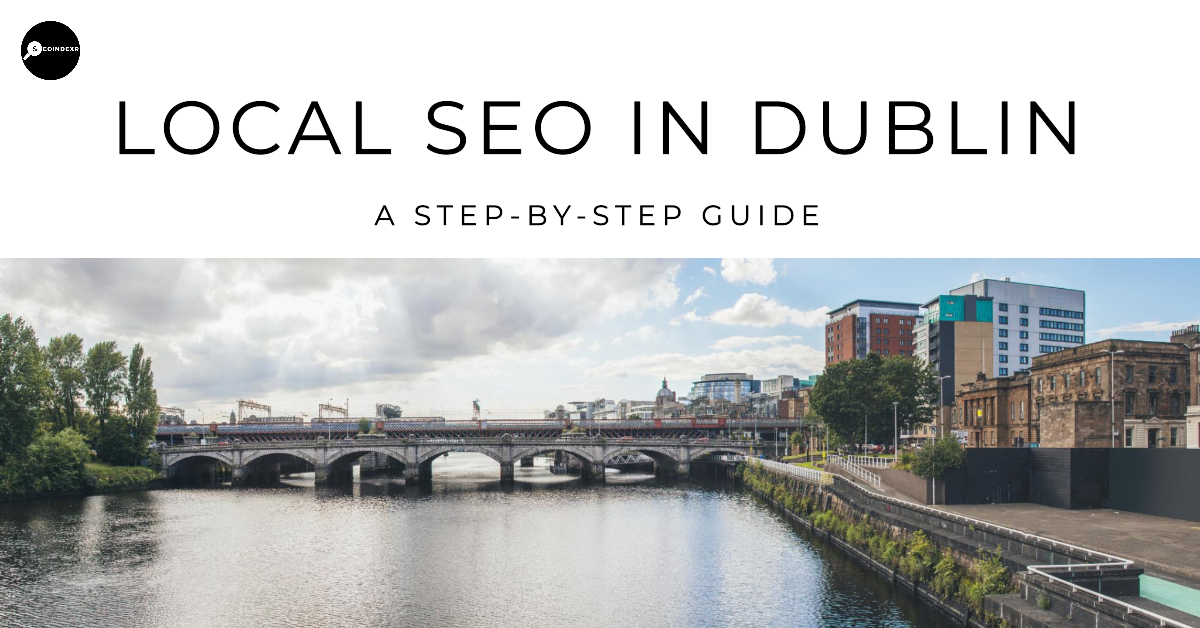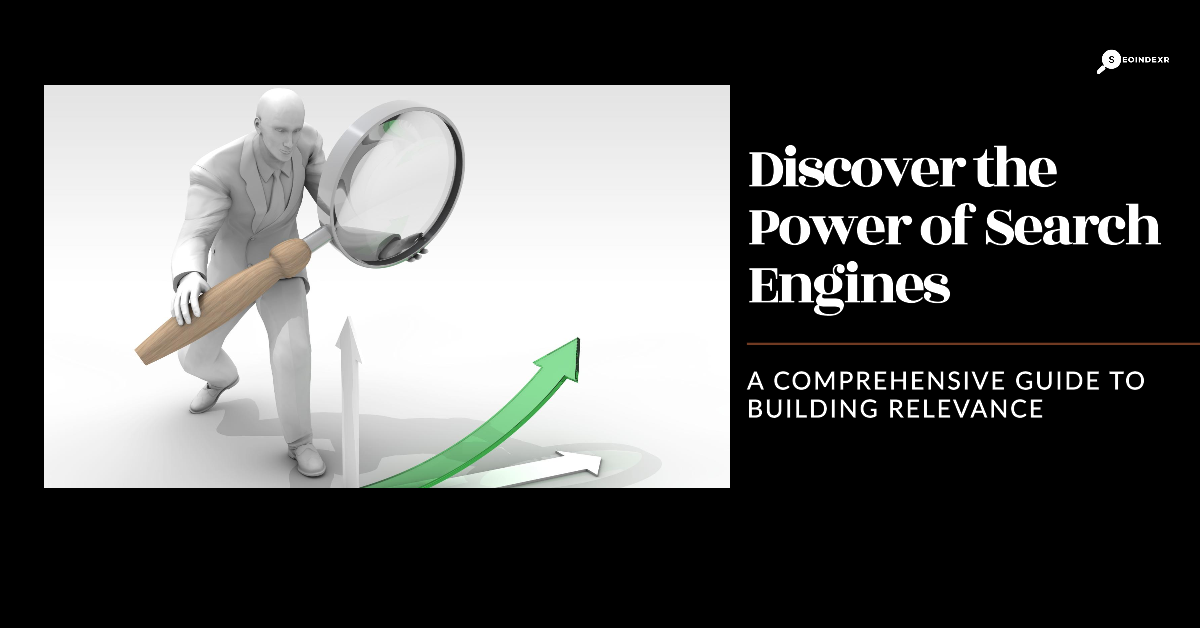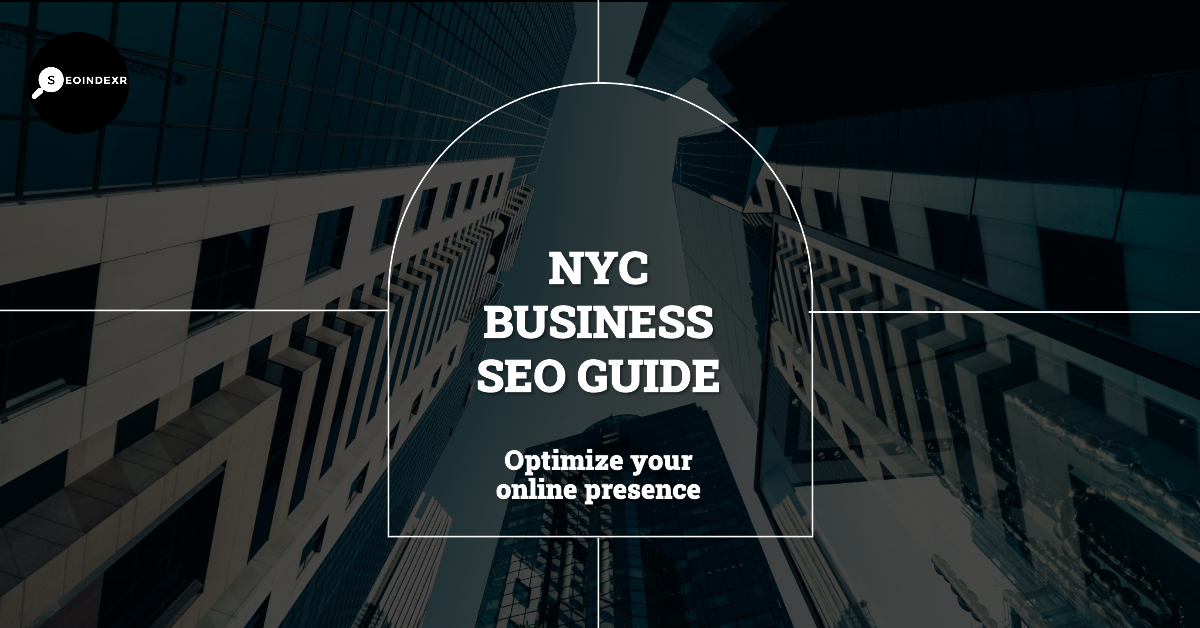In the digital age, search engine optimization (SEO) has become crucial for businesses aiming to enhance their online presence. But what exactly is SEO, and which factors are involved in it? Let’s dive deep into the world of SEO to understand the elements that make up this vital marketing strategy.
Table of Contents
ToggleWhat is SEO?
SEO stands for Search Engine Optimization. It’s the practice of improving a website’s visibility on search engines like Google. When someone searches for a topic, SEO helps ensure that your website appears at the top of the search results, thereby increasing traffic to your site.
Importance of SEO in Digital Marketing
Why is SEO so important? Simply put, higher visibility on search engines leads to more visitors, which can translate into more customers and higher revenue. SEO is a cost-effective way to reach potential customers compared to paid advertising, making it an essential tool in digital marketing.
Understanding Search Engines
- How Search Engines Work – Search engines like Google use complex algorithms to crawl, index, and rank websites. They scour the internet, collect data from websites, and store this information in an index. When you search for something, the search engine pulls the most relevant information from this index.
- The Role of Algorithms in SEO – Algorithms are the rules and calculations search engines use to determine the relevance and ranking of websites. They consider various factors such as keywords, site structure, and user engagement. Understanding these algorithms helps in crafting a website that ranks higher.
On-Page SEO Factors
- Keyword Research and Usage – Keywords are the phrases or terms users type into search engines. Effective SEO starts with researching the right keywords and strategically placing them in your content. This helps search engines understand the topic of your content.
- Meta Tags and Descriptions – Meta tags and descriptions are snippets of text that describe a page’s content. They appear in search results and influence click-through rates. Well-crafted meta descriptions can attract more visitors to your site.
- Content Quality and Relevance – Content is king in SEO. Search engines prioritize websites that provide valuable, relevant, and informative content. Regularly updating your site with high-quality content can significantly boost your rankings.
- Internal Linking – Internal links connect different pages on your website. They help search engines crawl your site more effectively and improve user experience by guiding visitors to related content.
- Mobile Friendliness – With more people using mobile devices to access the internet, having a mobile-friendly website is essential. Search engines favor websites that are optimized for mobile viewing.
Off-Page SEO Factors
- Backlink Building – Backlinks are links from other websites to your site. They act as votes of confidence, indicating to search engines that your content is credible and valuable. Quality backlinks can greatly improve your search rankings.
- Social Signals – Engagement on social media platforms can indirectly impact SEO. Shares, likes, and comments can drive traffic to your site and enhance your online visibility.
- Brand Mentions – Brand mentions, even without a hyperlink, can influence SEO. They help build your brand’s authority and trustworthiness in the eyes of search engines.
- Influencer Marketing – Collaborating with influencers can increase your reach and generate backlinks from their content. This can be a powerful off-page SEO strategy.
Technical SEO Factors
- Site Speed and Performance – A fast-loading site enhances user experience and is favored by search engines. Tools like Google PageSpeed Insights can help you identify and fix performance issues.
- XML Sitemaps – An XML sitemap helps search engines understand your site’s structure and find new content quickly. It’s a roadmap for search engines to navigate your website.
- Robots.txt File – The robots.txt file tells search engines which pages to crawl and which to ignore. Properly configuring this file ensures that search engines focus on your most important content.
- Secure Sockets Layer (SSL) – An SSL certificate encrypts data between your website and its visitors. Search engines prefer secure sites, and having an SSL certificate can boost your rankings.
User Experience (UX) and SEO
- Importance of UX in SEO – User experience (UX) is a critical factor in SEO. A website that is easy to navigate and provides a pleasant user experience will likely retain visitors longer, reducing bounce rates.
- Site Navigation and Structure – Clear and intuitive navigation helps users find what they’re looking for quickly. A well-structured site makes it easier for search engines to crawl and index your content.
- Bounce Rate and Dwell Time – Bounce rate refers to the percentage of visitors who leave your site after viewing only one page. Dwell time is the amount of time a visitor spends on your site. Both metrics are indicators of user engagement and can impact your SEO.
Local SEO Factors
- Google My Business Optimization – Optimizing your Google My Business (GMB) listing can enhance your visibility in local searches. Ensure your business information is accurate and up-to-date.
- Local Citations – Local citations are mentions of your business on other websites, including your name, address, and phone number (NAP). Consistent NAP information across the web boosts your local SEO.
- Reviews and Ratings – Positive reviews and high ratings can improve your local search rankings and attract more customers. Encourage satisfied customers to leave reviews on platforms like Google and Yelp.
- Local Keywords – Incorporate local keywords into your content to attract nearby customers. Phrases like “near me” or specific city names can help you rank higher in local searches.
Content Strategy in SEO
- Blogging and Content Creation – Regularly publishing blog posts keeps your website fresh and relevant. Blogs provide an opportunity to target specific keywords and address your audience’s needs.
- Content Marketing Strategies – Effective content marketing involves creating valuable content that attracts and engages your audience. This can include blog posts, videos, infographics, and more.
- Evergreen vs. Trending Content – Evergreen content remains relevant over time, while trending content capitalizes on current events or popular topics. A balance of both types can drive sustained and immediate traffic.
SEO Tools and Analytics
- Google Analytics and Search Console – Google Analytics provides insights into your website’s traffic and user behavior. Google Search Console helps monitor and troubleshoot your site’s presence in search results.
- SEO Audit Tools – SEO audit tools like Ahrefs and SEMrush can identify issues with your site and offer suggestions for improvement. Regular audits are essential for maintaining good SEO health.
- Keyword Research Tools – Tools like Google Keyword Planner and Ubersuggest help identify valuable keywords for your content. These tools provide data on search volume, competition, and trends.
SEO Trends and Future Predictions
- Voice Search Optimization – With the rise of smart speakers and virtual assistants, optimizing for voice search is becoming increasingly important. This involves using natural language and long-tail keywords.
- AI and Machine Learning in SEO – AI and machine learning are transforming SEO by enabling more sophisticated analysis of data. They help search engines understand user intent and deliver more relevant results.
- The Rise of Video Content – Video content is gaining prominence in SEO. Platforms like YouTube are search engines in their own right, and video can boost engagement and drive traffic to your site.
Common SEO Mistakes to Avoid
- Keyword Stuffing – Overloading your content with keywords can hurt your SEO. Focus on natural keyword placement and providing value to your readers.
- Ignoring Mobile Optimization – A mobile-friendly site is essential. Ignoring mobile optimization can result in lower rankings and a poor user experience.
- Poor Quality Content – Low-quality content can damage your credibility and rankings. Always prioritize high-quality, informative, and engaging content.
Conclusion
SEO is a multifaceted discipline that requires attention to numerous factors, both on-page and off-page. By understanding and implementing the various elements of SEO, you can enhance your website’s visibility, attract more visitors, and ultimately achieve your business goals. Remember, SEO is an ongoing process that evolves with changing algorithms and user behaviors, so staying informed and adaptable is key to long-term success.
FAQs
What is the difference between on-page and off-page SEO?
On-page SEO involves optimizing elements on your website, like content and meta tags. Off-page SEO focuses on external factors, such as backlinks and social signals.
How often should I update my website’s content for SEO?
Regular updates are crucial. Aim to refresh your content every few months to keep it relevant and aligned with current SEO trends.
Can social media activity impact SEO?
Yes, social media activity can drive traffic to your site and enhance your online presence, indirectly influencing SEO.
What are the best tools for SEO beginners?
Google Analytics, Google Search Console, and tools like Ubersuggest and SEMrush are great for beginners to understand and improve their SEO.
How does video content influence SEO?
Video content can increase engagement, reduce bounce rates, and improve your site’s visibility on search engines, making it a powerful SEO tool.

